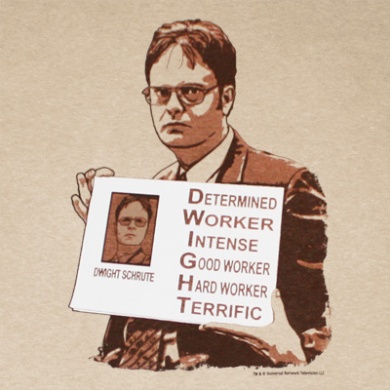
Throwback Thursday –Myself and some of my fabulous classmates way back in September.
What a crazy year.
After reading over my last post on the Humber experience six weeks in, it’s interesting to see what has changed. I’ve been in school for the last 17 years and the last three years have been the most affirming and life changing, by far. Carving out my path into PR has been stressful, anxious, but also rewarding. Finding a way into the workplace only seems to get harder for students leaving university. I was there, which is why I came right to Humber. I needed the practical experience and the connections to find my way into PR–and some direction for that matter.
Landing an internship this summer at Rogers Media really solidified my direction and helped me apply everything I’ve learned throughout my education to a field I’m most passionate about –media. When I left science and dreams of medical school aside for the world of communications, working in media was always a hope, but never a target for me. I’m so happy that I can begin my PR career where I’ve always wanted to be.
Since today is my last (official) day at Humber Lakeshore, I thought I’d share eight lessons I’ve learned in lieu of finishing eight months. It’s advice I’ll surely carry on within my career.
1) Organization skills will make or break you. Everything you’ll do will be on-the-go, timely and likely be group-focused. The amount of group projects I’ve done at Humber PR is insane, but indicative of what working will be like. Find a way to keep yourself organized, whether it be an agenda, colour coded Google Docs or on your smartphone.
2) Everyone works differently. I’d define myself as “Type-A,” and that’s been a struggle for me to part with this year. As a former procrastinator, I understand that lifestyle works for some. Adaptability is key in PR, so recognizing and compromising for other people’s work style is important.
3) Positivity will help you persevere. I’d lie if I said every day was rainbows and sunshine. You’ll be tired, agitated, frustrated with others, etc. This year wasn’t perfect in any sense, but nothing really is. Focusing your energy into positive aspects of any situation will almost always render positive results. It’s also a great skill that employers will take note of.
4) Keep learning. Coming from a communications background, I scoffed at the idea of re-learning PR fundamentals, communication methods and social media. I was surprised when it came to creating a portfolio for interviews or sitting in an interview how much I learned over the year. Beyond that, I read as much news and PR industry info that I could. Staying current is obviously important, since PR is an ever changing industry. Never stop learning, even when you’re done school. It will keep you sharp and desirable in the job market.
5) Manage your stress. With assignments, interviews and networking opportunities all coinciding, stress eating and not sleeping may seem like the only viable solution. Your well-being is more important than any school assignment or work task. If you’re not your best self, you can’t deliver your best work. Keeping up a healthy regimen, good sleep patterns and a work-life balance will benefit you in all circumstances.
6) Constructive criticism will help you, not hurt you. This has been my biggest hurdle in life. I used to shy away from sharing my work because I didn’t want anyone to judge me. Turns out people are actually quite nice and will help you bring your work to the next level. Whether you like it or not, you’ll get constructive criticism, and maybe brutally honest criticism, in the workplace. Let PR school give you the opportunity to build up your confidence.
7) Find a new skill, and build on it. Until I came to Humber, I thought oral communications/presentations was my weakest skill. I hated presenting all through university, mainly because of lesson #6. With that self awareness, I worked on presenting all year. I offered to present group assignments, even one’s I felt less knowledgeable about. Take challenges in PR school because it’s just that–school.
8) The people make the experience. I was nervous to attend Humber PR; I’m 22, fresh out of university in a new place with people who’ve been in the working world for a bit. I really thought I’d be the runt of the C2 litter. Eight months later, I’ve made some great friendships that I hope to carry out in the future as we all cross paths in the PR world. I have the utmost respect for my fellow 35 classmates and wish them all the best in the future.






